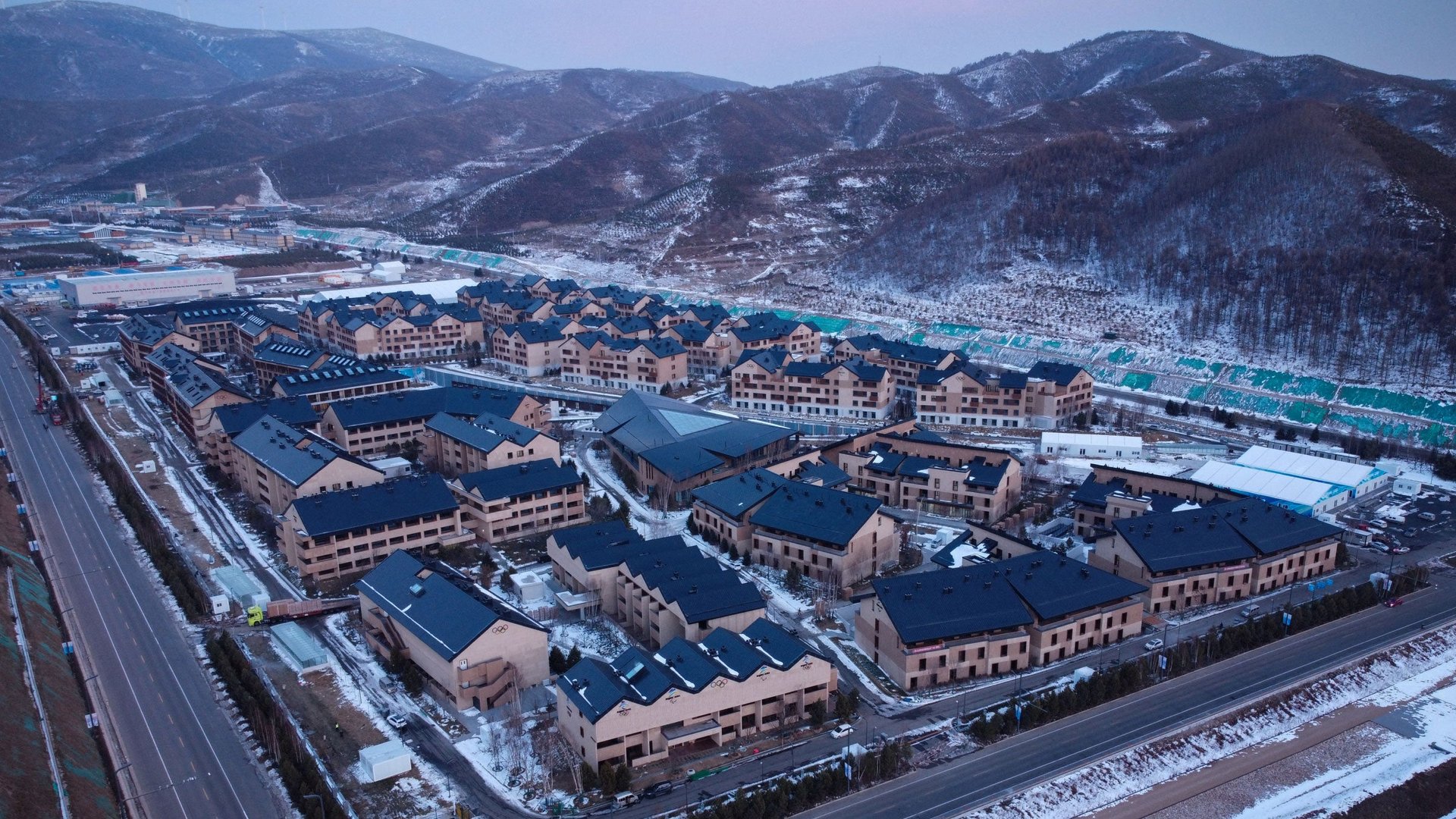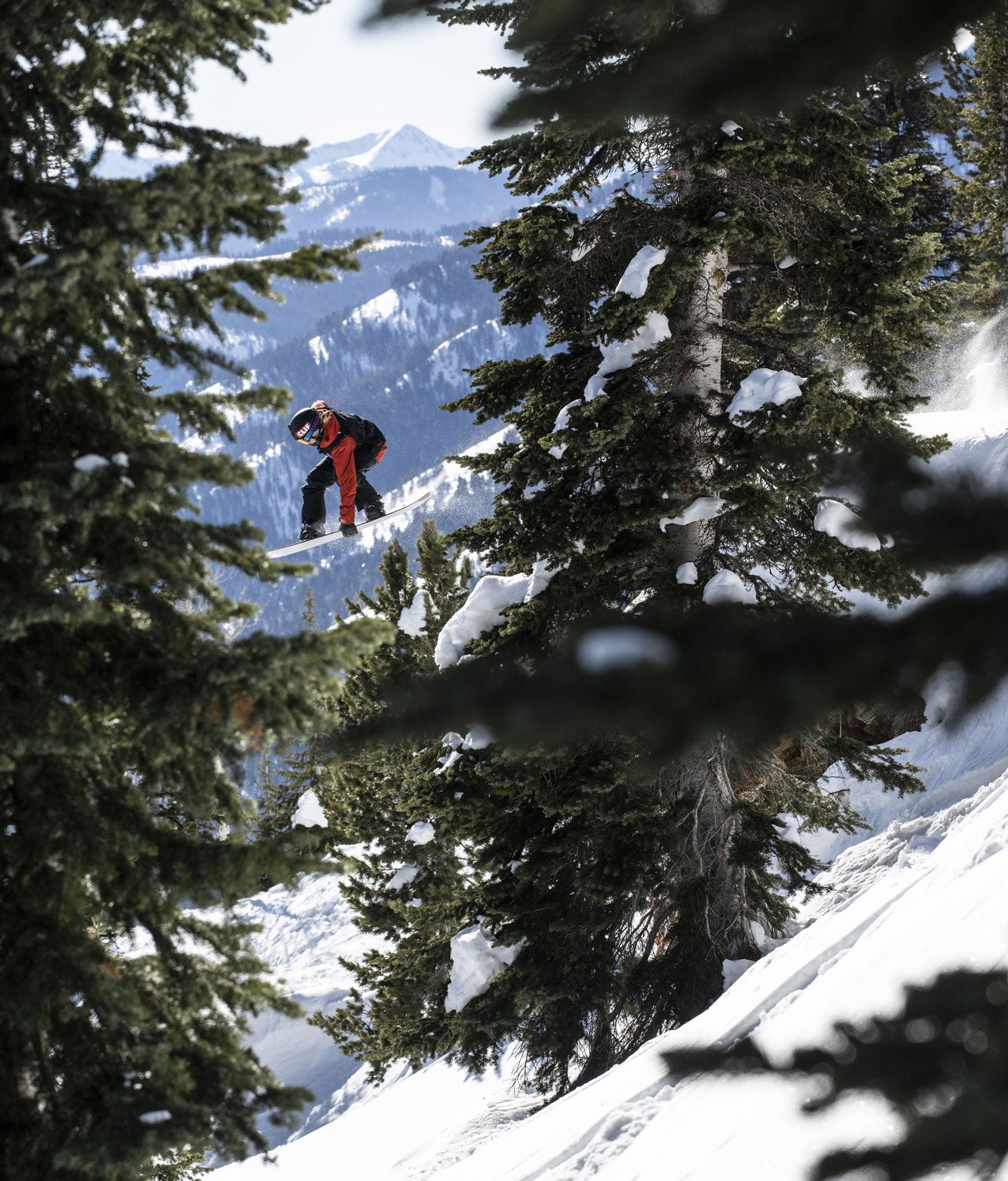Hardly any past Winter Olympic host cities will have the snow to host in 60 years
Rain, wet snow, and shallow snow are all expected to increase at former Olympic venues over the coming decades, according to a new study led by researchers from the University of Waterloo. It projects that nearly all prior host cities for the Olympics will see weather conditions that make it difficult to hold outdoor winter sports competitions. The culprit is greenhouse gas emissions and the resulting climate change.


Rain, wet snow, and shallow snow are all expected to increase at former Olympic venues over the coming decades, according to a new study led by researchers from the University of Waterloo. It projects that nearly all prior host cities for the Olympics will see weather conditions that make it difficult to hold outdoor winter sports competitions. The culprit is greenhouse gas emissions and the resulting climate change.
By the 2050s—eight Games from now—that change will hit many European host cities famous for these winter sports, like Chamonix, Cortina d’Ampezzo, Grenoble, Innsbruck, St. Moritz, and Turin. That prediction remains even if emissions targets set in the Paris Climate Agreement are met.
The study surveyed hundreds of coaches and athletes to determine optimal conditions for the Olympic Games. This included:
- Temperatures between −10°C and −1°C (14ºF to 30ºF). Anything warmer than 10°C is not safe for snow sport competitions.
- Days with more than 10 cm of natural snow. Less than 10 cm means that the snowpack in competition areas would be almost completely machine-made.
- Days with less than 1 mm of rain. More than 1 mm creates wet snow. Wet snow observations were based on consultations with ski area managers and snow technician teams over the last two decades.
If global emissions reach targets set by the Paris Climate Agreement, eight previous host cities might be considered reliable winter games hosts by the 2080s. They are Vancouver, Calgary, Salt Lake City, Lake Placid, Lillehammer, Oslo, Sapporo, and Nagano. If the targets are missed, only Sapporo would be expected to reliably provide athletes with fair and safe conditions out of the 21 previous host cities.
Having fewer competition sites hurts winter sports
Of 339 international athletes and coaches surveyed, 94% feared for the future of their sport in the face of a changing climate. They cite traditional competitions disrupted every 2-3 years, or simply watching a landscape change over a 30-year coaching career.

“It has a huge effect on performance, because the more time you have in your sport to prepare for a big event like the Olympics, the higher the level is going to be,” said Elena Hight a professional snowboarder and two-time Olympian. “Those months before the Olympics are imperative for athletes to be at the top of their game.”
Athletes tend to train where they can find snow. They’ll travel to Chile, Argentina, or New Zealand for Winter in the Southern Hemisphere. Northern Hemisphere training grounds fluctuate between North America and Europe, but are becoming less predictable for consistent training and competitions. “We were supposed to have an Olympic qualifier in Lake Tahoe and they had to cancel it because it hadn’t snowed. It was raining in February,” explained Hight. “They had to completely cancel it and move it to a different time period on a different mountain.”
How the Olympics could be organized in the future
Climate change is poised to dramatically limit where the Winter Games can be held, and might force organizers to reconfigure how they’re held.
The Games have already adjusted as the planet warms. From the first Olympic Winter Games in Chamonix, France, in 1924 and into the 1960s, figure skating, curling, and hockey were held outdoors on frozen lakes, according to Daniel Scott who co-authored the study. But those events have since moved into climate-controlled, indoor arenas.
Host cities have tried to keep competition close in the past: Salt Lake City’s 2002 Games had most of its venues within 40 miles of the city. In 2006, Turin, Italy, hosted and used outdoor competition spaces about 60 miles away. When Vancouver hosted in 2010, it split the task with the ski town of Whistler, about 75 miles away.
“That will probably be one of the strategies going forward—that you’ll just have to have your mountain venue where the skiing is probably further and further away from the big city that hosts the opening and closing ceremonies,” Scott said.
The 2026 Winter Olympics will be the first to officially feature two host cities. Cortina d’Ampezzo, Italy, a 1956 host, will share that role with Milan, which will host indoor events like hockey and the opening ceremonies. Many of the outdoor events, including alpine skiing, ski jumping, biathlon, snowboarding, and freestyle skiing, will move north into Italy’s Alps. The International Olympic Committee touts this approach as distributing the economic boost and tourist attractions into mountain communities, many of which have seen their populations decline in recent decades. But even in the 2000s, Cortina d’Ampezzo was seeing temperatures above ideal levels for Olympic competitors on more than half the days in February.
This story was produced through a collaboration with Climate Central, a non-advocacy science and news group.